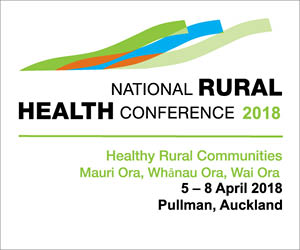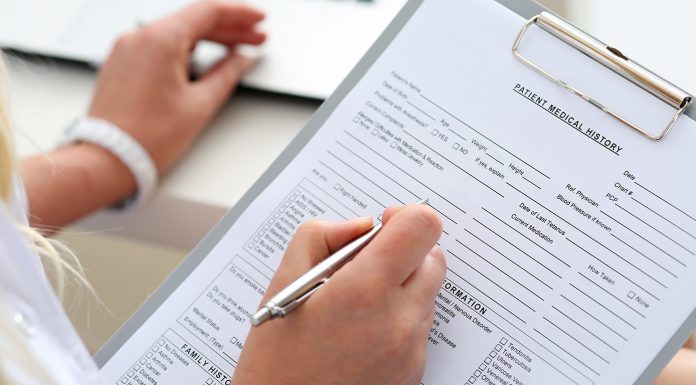The DHB first introduced the policy in 2015, which saw the suspension that winter of two unvaccinated nurses who declined to wear masks during the flu season. Last year the low influenza rates meant a flu season was never declared but a steep rise in influenza-like illness and influenza A/B cases in recent weeks means the policy will be back into effect on Monday (see earlier story)
Lesley Harry, industrial advisor for the New Zealand Nurses Organisation (NZNO), said it had some “some significant concerns” about the mask policy, particularly the way the policy had been managed by the board in the past.
“What we really don’t want to see this time is bullying tactics on behalf of the DHB to, I guess, coerce nurses into being vaccinated,” said Harry. “That the DHB is this time round requesting visitors to the hospital to (also) wear masks makes some sense. I guess it gives a little bit more credibility to their policy.
She said NZNO was quite clear that its policy was to encourage nurses and other members to be vaccinated against seasonal influenza. It also recommended members to follow the district health board’s instructions. But if members did get into an employment dispute with the DHB over the policy NZNO would represent them and support them.
The organisation was pro vaccination but believed ‘vaccinate or mask’ policies were ‘over the top’ and an educational approach to promoting vaccination was preferable.
“We’re just going to have see how it plays out and whether our members contact us because they feel co-erced or bullied,” said Harry. “Then we will take the matter up on their behalf.”
Sue Hayward, director of nursing and midwifery at Waikato DHB, earlier told Nursing Review that she expected for some nurses the mask policy “might be an awkward situation however we are there to support them, this is not about blaming”.
“This is about having a choice. So the choice is of course (influenza) vaccination but if you feel unable to do that then please feel free and you will be expected to wear a mask during the declared flu season when clinically involved with patients.”
The DHB is asking not only unvaccinated health workers but visitors to mask-up when with patients; pointing to recent New Zealand research that found that four out of five people infected by influenza showed no symptoms.
As of June 28 about 71 per cent of Waikato DHB’s nurses had had the seasonal flu vaccine compared to 80 per cent by the end of season last year.
VOM POLICY DEBATE
Waikato was the first DHB to enforce a Canadian-style VOM policy.
In a Nursing Review article in 2015, examining the arguments for and against the policy, Canterbury clinical virologist Dr Lance Jennings said any discussion needed to focus on the first principle that nurses and other health care workers should do ‘no harm’ and ethically nurses should everything they could to protect their patients from a potentially deadly influenza virus.
He argued that as the seasonal influenza vaccine had been proven to be safe, and to reduce the risk of influenza infection and mortality, then why not expect health care workers to be vaccinated or wear a mask.
Dr Michael Gardam, a Canadian infection control specialist who regularly gets his flu shot, believed requiring reluctant nurses to wear masks in the flu season “just gave ammunition” to the anti-vaccination movement in return for negligible impact on patient safety.
Evidence indicates the seasonal flu vaccine is on average about 60 per cent effective each year but Gardam pointed out that influenza did not cause the majority of influenza-like illnesses (ILI) that hit communities and hospitalised patients every winter.
Also in the Canadian winter of 2014-15 a particularly fast mutating virus meant the seasonal vaccine was completely ineffective against the dominant flu strain but under a VOM policy only unvaccinated staff were required to wear masks.
Gardam said he still encouraged nurses to have an annual flu shot but also emphasised good hand hygiene, avoiding work when nurses clearly had influenza-like illness symptoms, and wearing a mask if they must attend or visit work when ill.






















